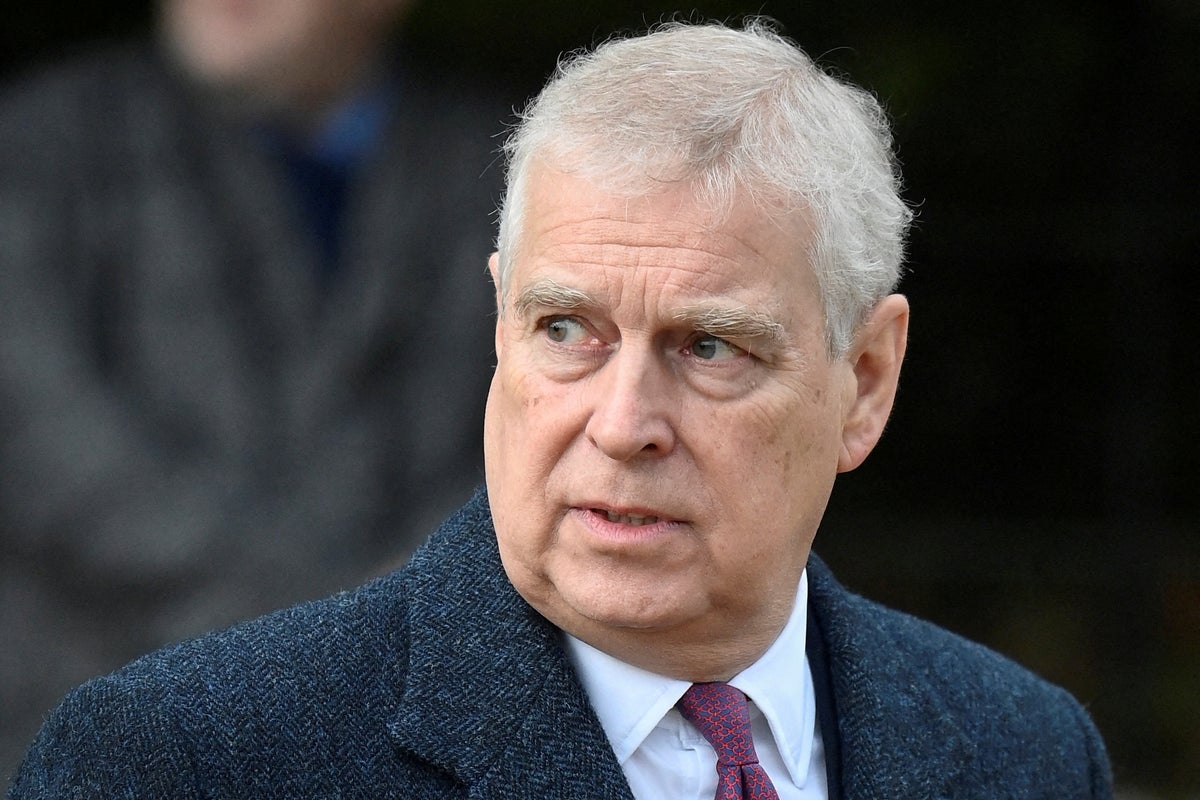A new report has now revealed the cause of the Lisbon funicular crash, which killed 16 people and injured 21 others.
The official preliminary report, published on Monday, stated that a failed steel cable and maintenance flaws contributed to the derailment on Wednesday, September 3.
All Lisbon trams have been ordered to be kept of service until safety checks are put in place, according to the BBC.
The report advised that the braking systems need to be reviewed to assess whether they can stop the carriages if the cable fails – which had not been the case in the accident on the Glória line.
The century-old trams, a popular funicular attraction travelling steep hills in tandem, suffered one of Lisbon’s worst recent tragedies.
In the tragic incident, the tram hurtled down the hill before coming off the rails on a bend and smashing into a building, leaving the wooden cabin a crumpled wreckage.
Police said that 11 of those killed were foreigners.

The Office for Air and Rail Accident Prevention and Investigation, a government body, said in the report the underground steel haulage cable which connected the two cars and balanced out their weight, wasn’t strong enough for the job.
It wasn’t certified for public transport nor installed in accordance with the manufacturer’s instructions, according to the report.
The cable had been in use for less than a year.
The investigation identified five instances when the maintenance program referred to “non-existent, inapplicable or outdated standards,” the report said.
After the cable broke, safety systems cut power to the tram, meaning that the pneumatic brake no longer worked and the manual brake wasn’t strong enough to stop the car hurtling down the hill.
The preliminary report is not intended to determine liability or establish blame, the investigating body said.
A fuller and more detailed final report resulting from closer analysis of the accident is expected next year.



